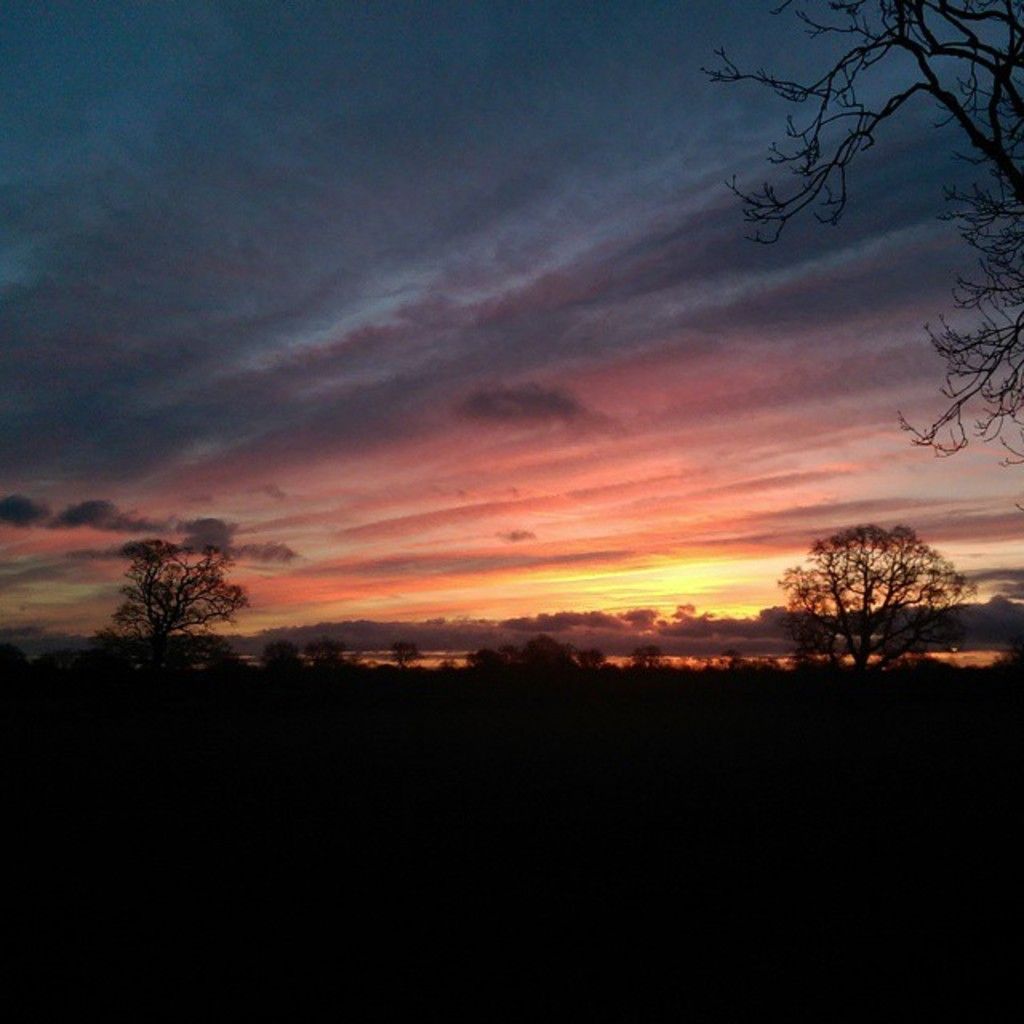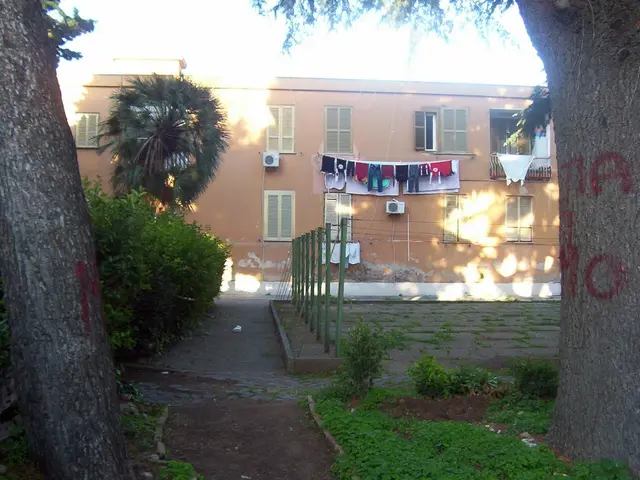Estate Revitalization and Transformation Journey: Exploring Bowood, the Visionary's Bold Step in Revamping a Prominent British Manor
Bowood House: A Tale of Rebirth
In the heart of Wiltshire lies Bowood House, a captivating estate steeped in history and transformation. Most famously, the so-called Big House was demolished in 1955, making way for the Little House to take its place as the primary residence.
The Big House, despite not being an architectural marvel, stood empty since the end of World War II. George Petty-Fitzmaurice, the 8th Marquis of Lansdowne, decided to pull down this aging landmark, intending to repurpose the Little House as his future abode. This controversial decision was widely lamented, but circumstances left no other option[1].
The Little House, initially a double courtyard of service buildings, was strategically chosen for its revamp. Preliminary designs were drafted as early as 1947 by Philip Tilden, with further work by Frederick Sortain Samuels. The remodeling process was meticulously planned, ensuring minimum external changes and careful landscaping. Today, the Little House appears as a charming country house, almost making it hard for modern visitors to comprehend the Big House's former existence[1].
The Little House's history is entwined with that of the Big House, dating back to the early 17th century. The park was enclosed within the royal forest of Chippenham and leased to Sir Orlando Bridgeman[2]. His grandson, Orlando Bridgeman, purchased the park in 1727 and replaced the existing park lodge with a new house, which later became known as the Big House. This expense landed Bridgeman in debt, eventually leading him to fake his suicide and assume the governorship of Barbados[2].
The Big House remained incomplete internally when it was purchased by John, 1st Earl of Shelburne in 1754. He was a politically active Irish parliamentarian with a knack for architecture. His acquisition of Bowood coincided with his election as MP for Wycombe. John immediately employed architect Henry Keene, who completed several architectural projects at Bowood, including the final touches on the Big House[2].
The Marquess of Lansdowne now opens the gardens and house to the public, considering it his most important legacy. The Little House has been remodeled to offer the best facilities for visitors. Hugh Roberts, a Bath-based architect, was commissioned in the late 1970s to convert the former stables into a restaurant, sculpture gallery, and Exhibition Rooms[1]. The future of this dynamic estate now lies with Lord Kerry, who sees it as a public amenity for all to enjoy.
Key Figures
- George Petty-Fitzmaurice, 8th Marquis of Lansdowne: Demolished the Big House in 1955 and repurposed the Little House as the main residence.
- John, 1st Earl of Shelburne: Acquired Bowood in 1754, completed the Big House's construction (internally), and began its decoration and development.
- William Petty-Fitzmaurice, 1st Marquess of Lansdowne: Prime Minister and patron of architect Robert Adam, who designed parts of the Little House during William's residency.
John GoodallA Durham University alumnus, John Goodall joined our platform in 2007, bringing along his infectious laughter and love for castles. A modern-day encyclopedia, John moonlights as a writer and author of several books[3]. With his irrepressible charm, he lights up the lives of those around him.
Sources[1] Cornforth, J. (1972, June 8, 15, & 22). our platform archives.[2] Unknown Author. (n.d.). Bowood House History. Retrieved May 23, 2023, from www.bowood.org.[3] Unknown Author. (n.d.). John Goodall. Retrieved May 23, 2023, from www.johngoodall.net.
The Little House, now a charming country house, demonstrates the Marquess of Lansdowne's commitment to preserving and enhancing the estate's facilities, offering an appealing home-and-garden lifestyle for modern visitors. John Goodall, a notable historian and author, shares his vibrant stories about the transformative lifestyle changes at Bowood House.






